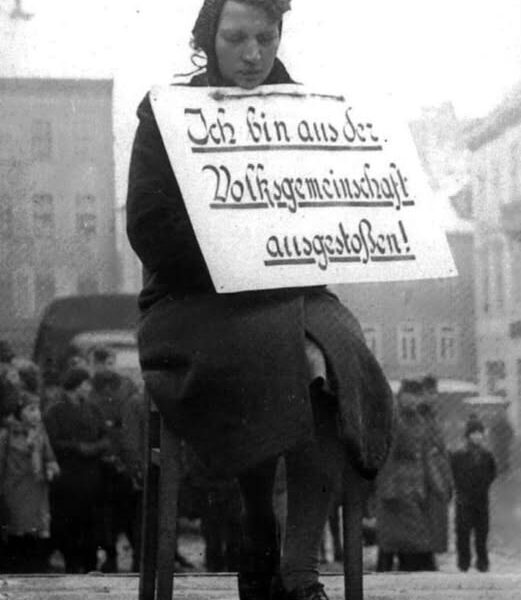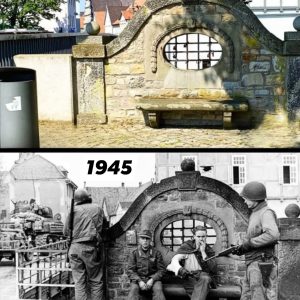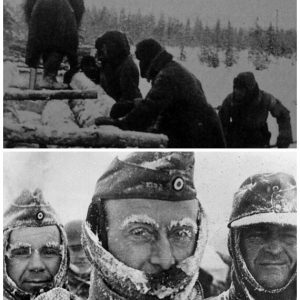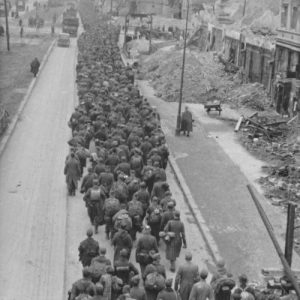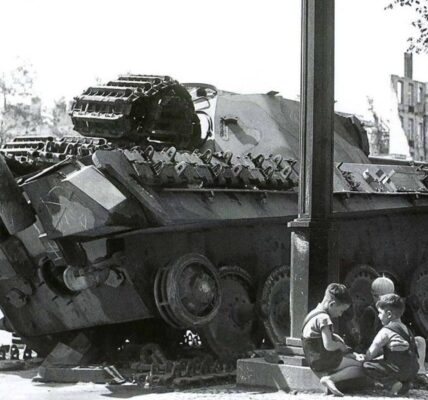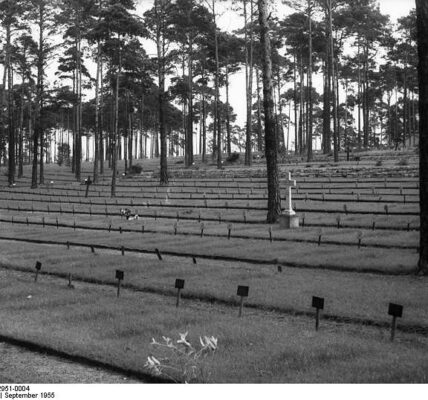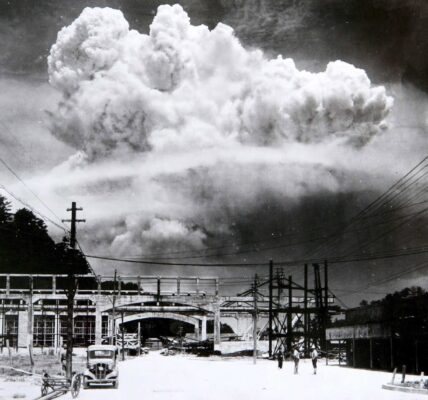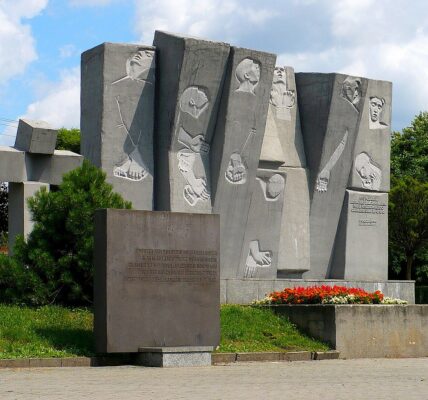A German woman is publicly humiliated because of an affair with a Polish man, 1942 _de
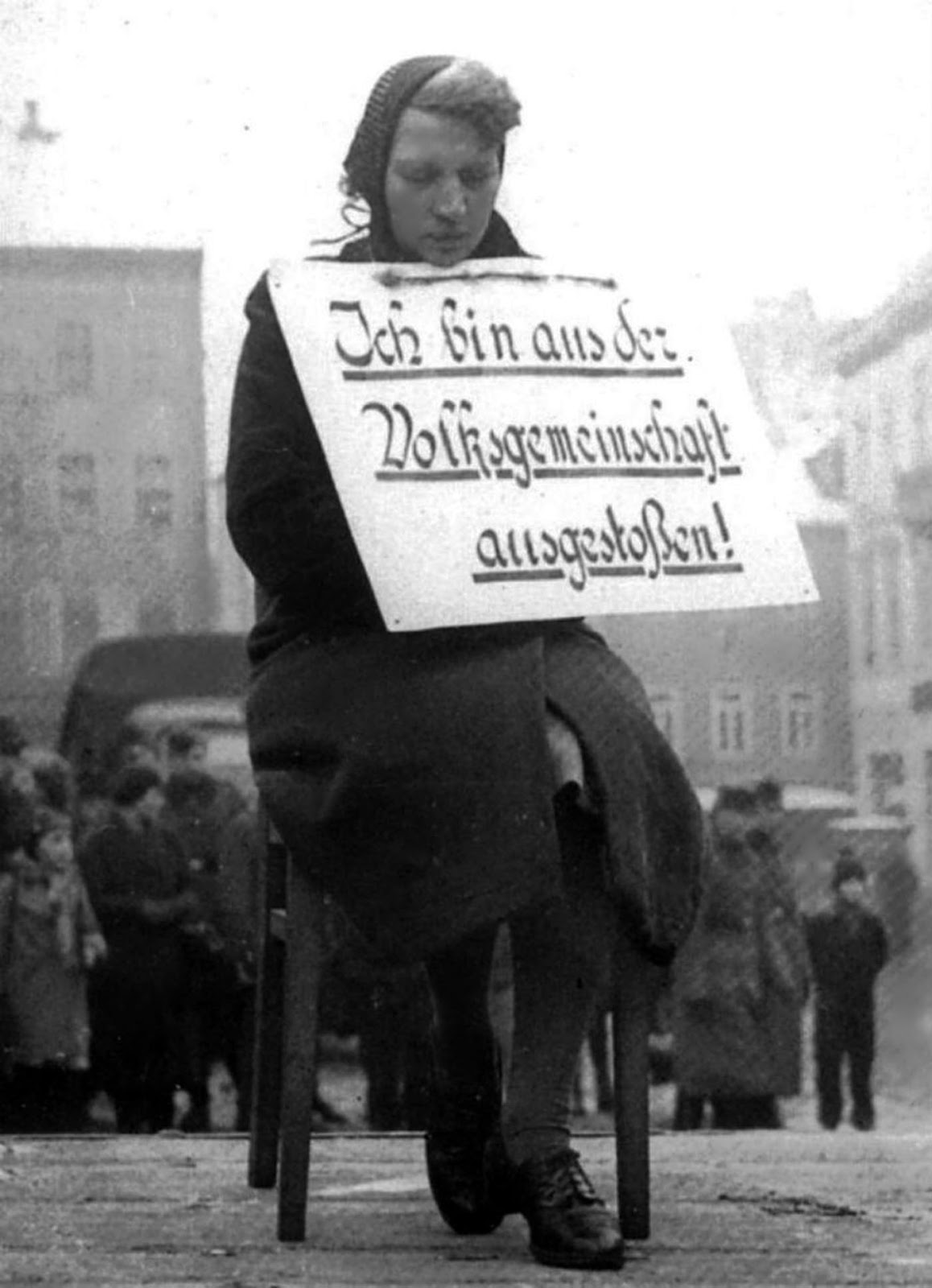
Women accused of racial disgrace were publicly humiliated by being paraded through the streets with placards around their necks proclaiming their crime.
German racial laws were strictly enforced, and sexual relations between Germans and Poles were illegal. The sign around her neck reads: “I am expelled from the national community!” The photo was taken in Altenburg, Thuringia, Germany. February 7, 1942.
On March 8, 1940, the Nazis issued the Polish Decrees, which regulated the working and living conditions of Polish civilian workers deployed in Germany during World War II.
The regulations stipulated that any Pole “who has sexual relations with a German man or woman or approaches them in any other inappropriate manner will be punished by death.” The Gestapo was extremely vigilant regarding sexual relations between Germans and Poles and relentlessly pursued every case where there was any suspicion of such relations.
Persons suspected of having sexual relations with non-Aryans were charged with racial defilement and tried in regular courts. The evidence presented to the Gestapo in such cases largely came from ordinary citizens such as neighbors, work colleagues, or other informants.
Those accused of racial defilement were publicly humiliated by being paraded through the streets with a sign around their necks describing their crime. Those convicted were usually sentenced to prison and (after March 8, 1938) rearrested by the Gestapo after serving their sentence and deported to Nazi concentration camps.
Since the law did not allow the death penalty for racial defilement, special courts were convened, which in some cases imposed the death penalty. According to an article in Der Spiegel, the Nazis charged 1,580 people with racial defilement between 1936 and 1943, of whom 429 were convicted.
